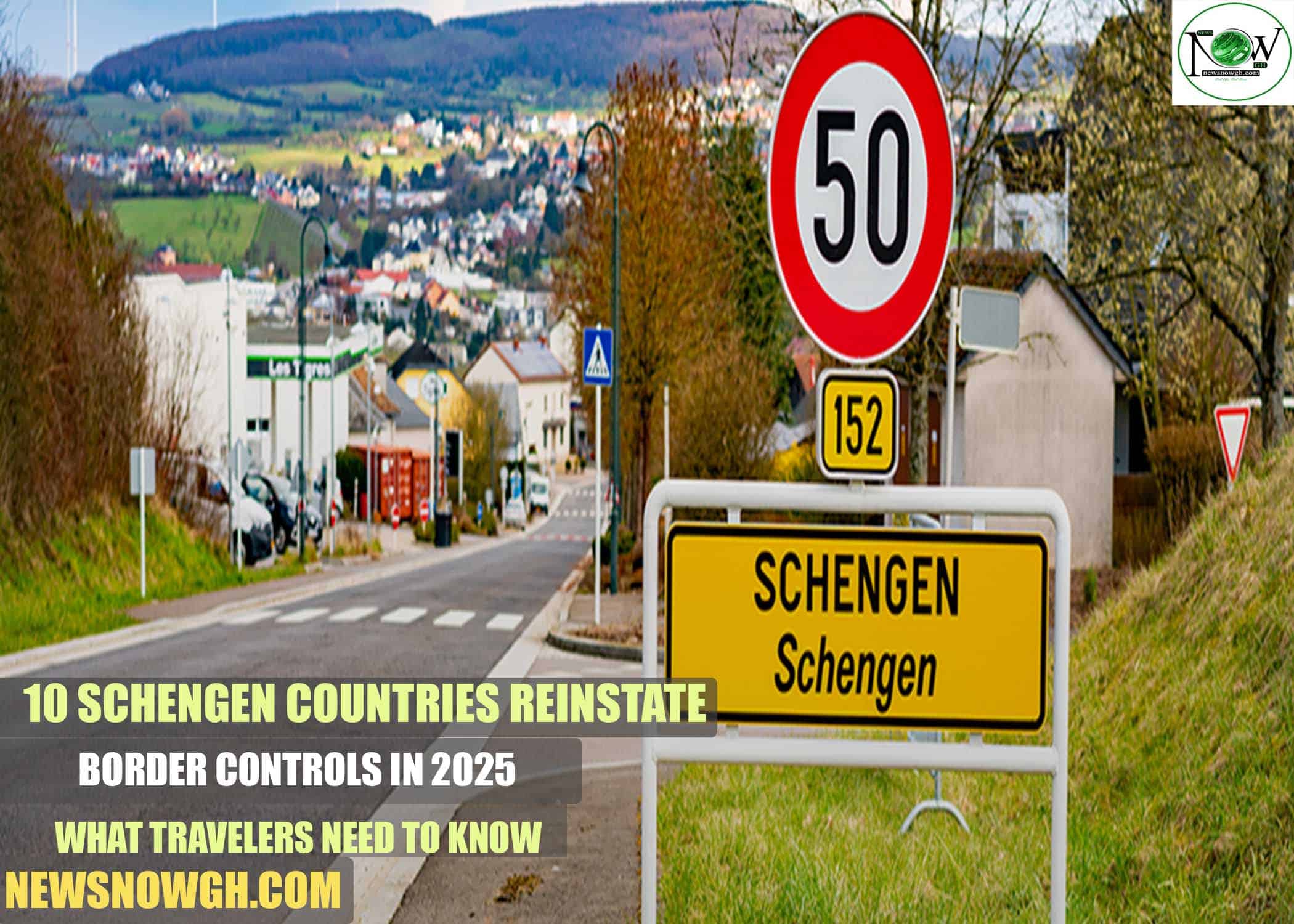10 Schengen Countries Reinstate Border Controls in 2025: What Travelers Need to Know
Is seamless travel across Schengen countries at risk? If you believed hopping from Berlin to Rome was effortless, think again. Europe’s renowned border-free zone is undergoing significant changes that travelers must heed.
What’s Happening?
In an unprecedented move, ten Schengen countries have reintroduced internal border controls in 2025. They cite national security threats, irregular migration, and major events as primary reasons. What started as temporary measures has now evolved into a broad strategy reshaping travel across Europe.
These actions comply with Articles 25 and 29 of the Schengen Borders Code. However, the scale and duration of these controls have surprised many, confusing tourists, business travelers, and residents alike.
Country-by-Country Breakdown
The following ten Schengen countries have recently reinstated border controls:
1. Germany
- Reason: Irregular migration and smuggling.
- Controls: Implemented in September 2024.
- Extension: Remain effective until at least September 15, 2025.
- Affected Borders: Poland, Czechia, Austria, France, Switzerland, Denmark, Netherlands, Belgium, Luxembourg.
2. France
- Reason: Ongoing terror threats and major event security (Olympics, protests).
- Period: November 1, 2024, to April 30, 2025, likely to be renewed.
3. Netherlands
- Reason: Increased migration influx.
- Start Date: December 9, 2024.
- Duration: Set for six months, ending June 8, 2025.
4. Austria
- Reason: Migration security concerns from the Balkan route.
- Status: Active controls continue in 2025.
5. Italy
- Reason: Migration and national security risks.
- Reintroduction: Late 2024, remains in effect into 2025.
6. Slovenia
- Reason: Regional instability and migration.
- Controls: Active since December 2024.
7, 8, 9. Denmark, Sweden, Norway
- Reason: Increased security threats and migration pressures.
- Status: Ongoing internal border checks into late 2025.
10. Bulgaria
- Special Case: Began applying selective internal controls upon partial entry into the Schengen Zone in January 2025.
What This Means for Travelers
The dream of borderless travel in Europe isn’t over, but it has certainly paused in some areas. Travelers entering or crossing these countries should expect identity checks, travel delays, and stricter documentation requirements. Here’s what you need to know before your trip in 2025:
- Carry Identification: Always have your passport or national ID if you are an EU/EEA citizen.
- Keep Documents Handy: This includes visas (if required), return tickets, hotel bookings, or accommodation proof.
- Extra Time at Borders: Add 30 to 60 minutes for road and train travel; some borders may have long queues.
- Flight Travelers: Expect additional ID checks at departure and arrival gates, even for intra-Schengen flights.
- Public Events: Be prepared for heightened scrutiny near political, sports, or national events.
- Visa Holders: Your Schengen visa remains valid, but be ready to explain your travel plans during checks.
Broader Implications
These changes impact more than just tourists:
- Tourists: Plan ahead to avoid tight schedules with back-to-back border crossings.
- Students: If studying in France and planning weekend trips, verify re-entry procedures.
- Cross-Border Workers: Daily commuters may face delays; local authorities are issuing “frequent cross-border” travel IDs.
- Migrants and Refugees: Increased screenings may lead to detentions or returns.
- Transport and Logistics: Commercial traffic between EU states faces more inspections, delaying deliveries.
Conclusion
The Schengen experience is evolving, balancing freedom of movement with security needs. While these internal border checks are currently temporary, their normalization could lead to more permanent systems in the future.
Before you travel, always check the European Commission’s Temporary Border Controls Tracker or your destination’s immigration authority. Schengen travel isn’t ending—it’s simply transforming.
Follow NewsNowGh to stay updated on the latest information regarding work permits, visas, and visa-sponsored employment.


